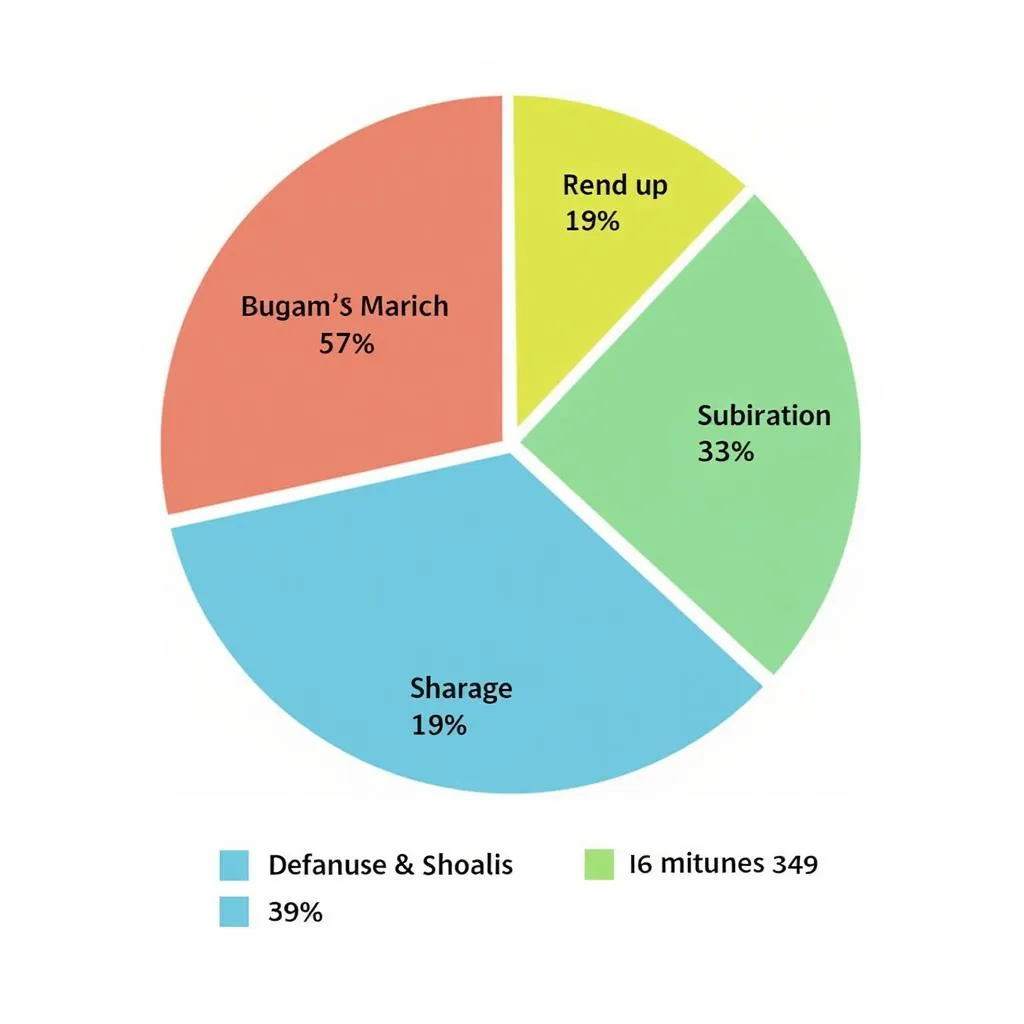Southeast Asia, often abbreviated as ASEAN, is a vibrant and diverse region comprising ten countries with unique cultures, histories, and landscapes. Understanding ASEAN is crucial for anyone interested in international relations, business, or simply discovering the fascinating tapestry of this dynamic region. This guide will delve into the fundamentals of ASEAN, providing insights into its history, geography, economy, and cultural significance.
What is ASEAN?
ASEAN, or the Association of Southeast Asian Nations, is a regional intergovernmental organization established on August 8, 1967, in Bangkok, Thailand. It aims to promote economic growth, social progress, and cultural development among its member states. The ten member countries include:
- Brunei Darussalam
- Cambodia
- Indonesia
- Laos
- Malaysia
- Myanmar
- Philippines
- Singapore
- Thailand
- Vietnam
ASEAN’s History: From its Founding to Today
ASEAN’s journey has been marked by significant milestones, highlighting its evolution from a regional alliance to a powerhouse of economic growth and political stability.
- The Early Years (1967-1970s): Driven by the desire to achieve stability and growth, the founding members – Indonesia, Malaysia, Philippines, Singapore, and Thailand – signed the ASEAN Declaration, laying the foundation for regional cooperation.
- Expansion and Transformation (1980s-1990s): With the addition of Brunei Darussalam (1984), Vietnam (1995), Laos (1997), and Myanmar (1997), ASEAN expanded its membership and focused on fostering trade and economic integration through initiatives like the ASEAN Free Trade Area (AFTA).
- The 21st Century and Beyond: The 21st century has witnessed ASEAN’s continued growth as a global player. It has established itself as a major economic force, promoting sustainable development and addressing regional challenges like climate change and transboundary crime.
Geography and Landscapes
Southeast Asia is a geographically diverse region spanning mainland Southeast Asia and the Malay Archipelago. It boasts breathtaking landscapes, from the dense rainforests of Borneo to the towering mountains of Vietnam, the pristine beaches of Thailand to the volcanic peaks of Indonesia. This geographic diversity contributes to the region’s rich biodiversity and cultural heritage.
Economic Powerhouse: ASEAN’s Economic Growth
ASEAN’s economy has witnessed remarkable growth in recent decades. The region boasts a combined GDP of over $3 trillion and is home to some of the world’s fastest-growing economies.
- Key Economic Drivers: ASEAN’s economic strength is driven by diverse sectors, including manufacturing, tourism, agriculture, and technology. The region’s strategic location, abundant natural resources, and growing workforce have fueled its economic expansion.
- Regional Integration: Initiatives like AFTA have significantly reduced trade barriers, facilitating intraregional trade and attracting foreign investment. This economic integration has been a key factor in driving growth and prosperity.
- Challenges and Opportunities: Despite its impressive economic growth, ASEAN faces challenges related to inequality, infrastructure development, and environmental sustainability. However, these challenges also present opportunities for innovation and progress.
Cultural Tapestry: A Blend of Traditions and Modernity
ASEAN is a cultural melting pot, characterized by its diverse ethnicities, languages, religions, and traditions. The region’s unique heritage is a testament to centuries of cultural exchange and interaction.
- A Rich History: From ancient civilizations to colonial influences, ASEAN’s cultural heritage is a fascinating blend of past and present.
- Diverse Traditions: Every ASEAN country boasts unique traditions, from the vibrant festivals of Thailand to the intricate art forms of Indonesia.
- Modern Influences: While embracing its heritage, ASEAN is also experiencing the influence of globalization. Modern technology, social media, and global trends are shaping the region’s cultural landscape.
ASEAN’s Role in the World: A Force for Peace and Prosperity
ASEAN has emerged as a prominent player on the global stage, advocating for peace, cooperation, and sustainable development.
- Regional Security: ASEAN plays a crucial role in promoting regional security and stability, fostering dialogue and resolving disputes through peaceful means.
- Global Partnerships: ASEAN actively engages with other regional and international organizations, forging partnerships to address global challenges.
- Sustainable Development: ASEAN prioritizes sustainable development, promoting environmental protection, social inclusion, and economic growth.
Key ASEAN Initiatives
ASEAN has implemented various initiatives to advance its objectives, including:
- ASEAN Free Trade Area (AFTA): AFTA aims to eliminate tariffs on most products traded within the region.
- ASEAN Economic Community (AEC): The AEC aims to create a single market and production base, promoting economic integration and cooperation.
- ASEAN Political-Security Community (APSC): The APSC focuses on strengthening regional security and stability through dialogue and cooperation.
- ASEAN Socio-Cultural Community (ASCC): The ASCC promotes cultural understanding, cooperation, and development within the region.
Understanding ASEAN is Essential
ASEAN represents a dynamic and influential region with a rich history, diverse cultures, and a robust economy. It is a region on the move, embracing challenges and opportunities to build a better future for its citizens. Whether you are a businessperson, an academic, or simply a curious traveler, understanding ASEAN is essential for navigating the complexities and appreciating the beauty of this fascinating region.
FAQ:
Q1: What are the official languages of ASEAN?
A: ASEAN has no official languages. However, English is widely used in official meetings and documents.
Q2: What is the main currency used in ASEAN?
A: Each ASEAN country has its own currency. There is no single currency for the region.
Q3: What are some famous tourist destinations in ASEAN?
A: ASEAN offers a wide range of tourist attractions, including:
- Angkor Wat in Cambodia
- Borobudur Temple in Indonesia
- Petronas Twin Towers in Malaysia
- Ha Long Bay in Vietnam
- The Grand Palace in Thailand
Q4: What are some key challenges facing ASEAN?
A: Key challenges include:
- Inequality
- Infrastructure development
- Environmental sustainability
- Political instability
- Transboundary crime
Q5: How can I get involved in ASEAN initiatives?
A: You can get involved in ASEAN initiatives through:
- Supporting businesses operating in the region
- Engaging in advocacy groups promoting ASEAN’s goals
- Traveling and experiencing the region’s cultures.
Q6: Is there an official website for ASEAN?
A: Yes, the official website for ASEAN is asean.org.
Q7: Where can I learn more about ASEAN?
A: You can find more information about ASEAN through:
- The official ASEAN website
- Research institutions specializing in Southeast Asian studies
- Travel blogs and articles about ASEAN
This guide has provided an overview of ASEAN, exploring its history, geography, economy, culture, and its significance on the world stage. We encourage you to delve deeper into this fascinating region and learn more about its diverse cultures, vibrant economies, and the challenges and opportunities it faces. If you have any further questions or would like to learn more about specific aspects of ASEAN, please feel free to contact us.


